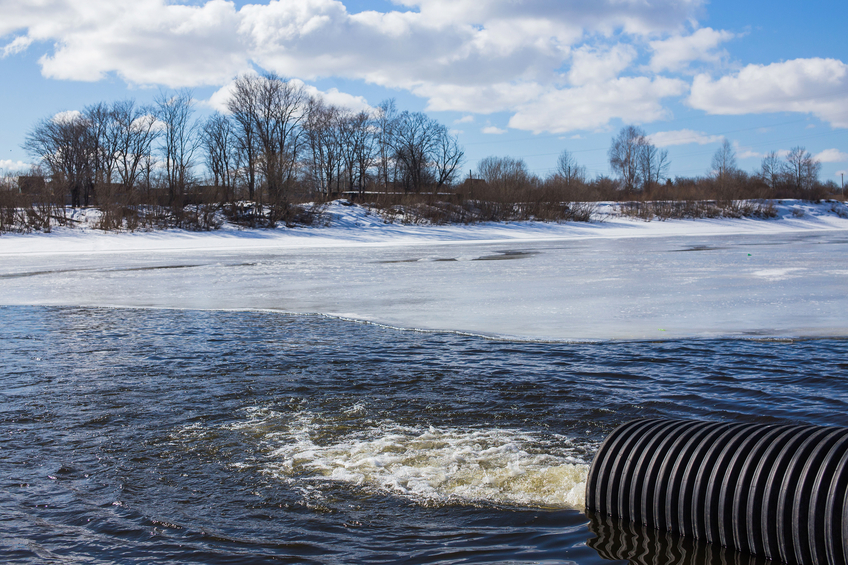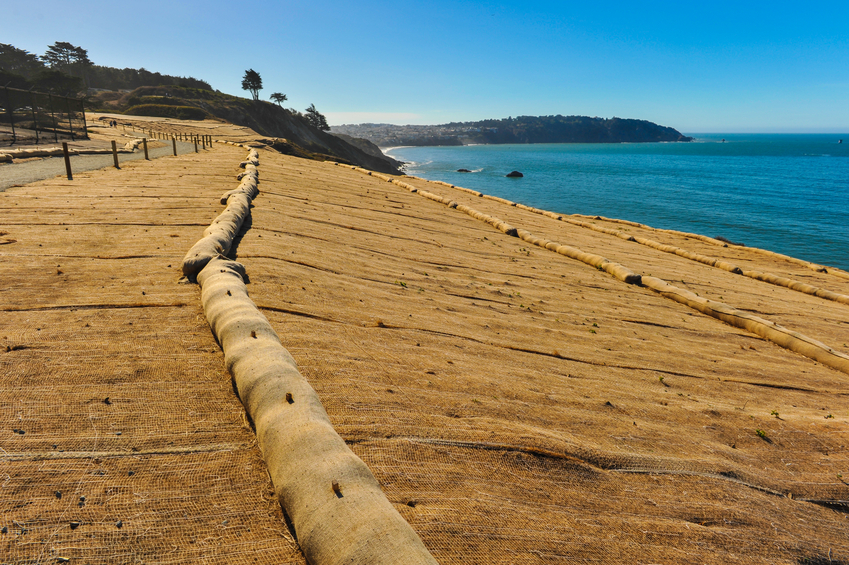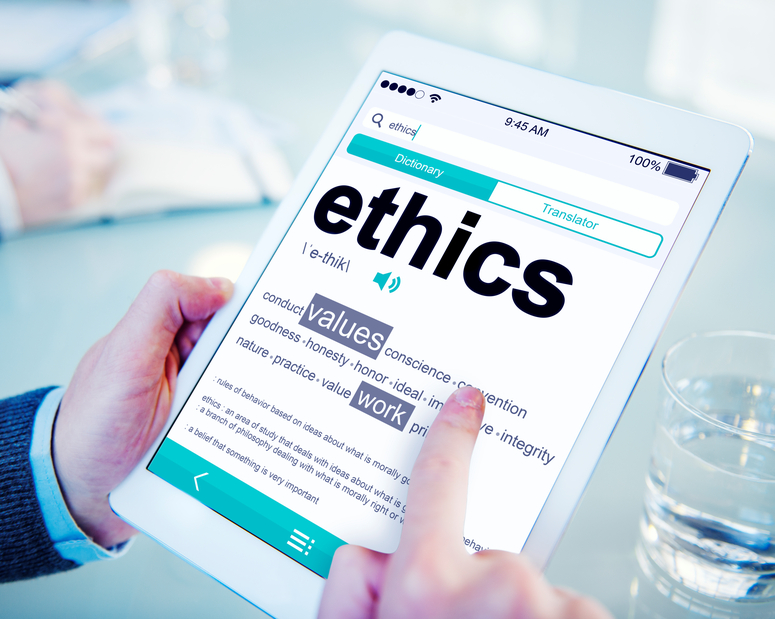New Mexico Stormwater and Ethics 30 PDH Discount Package 1
Courses in this Package
Storm Water Pollution Prevention - Source Controls (C05-003)
Construction Site Storm Water - Sediment Control (C02-002)
Post Construction Storm Water Management - Structural BMP's (C10-001)
Developing Your Stormwater Pollution Prevention Plan (SWPPP) (C04-057)
Transportation Stormwater Permit Compendium (C07-015)
Engineering Ethics for New Mexico Professional Engineers (NM2-002)

This online engineering PDH course provides EPA's BMP for the protection of wetlands and aquatic ecosystems, conservation of water resources, and flood control.
Municipal operations can adversely affect the water quality system due to pollutant runoff from various activities such as park and open space maintenance, fleet and building maintenance, new construction and land disturbances, and storm water system maintenance.
EPA recognizes that storm water pollution resulting from municipal activities can be prevented or reduced by implementing an effective storm water operations and maintenance program. Therefore the EPA published the Storm Water Phase II Rule on
This 5 PDH online course is applicable to municipality owners and/or operators, construction contractors/workers, site developers, engineers, managers, and all other personnel involved in the implementation of good housekeeping practices (source controls) for municipal operations.
This PE continuing education course is intended to provide you with the following specific knowledge and skills:
- Types and methods of pollution source controls
- Applicability
- Siting and design criteria
- Maintenance and cost considerations
- Effectiveness and limitations
In this professional engineering CEU course, you need to review EPA’s Best Management Practice relating to the “Source Controls” section of the “Pollution Prevention/Good Housekeeping for Municipal Operations”. This section of the BMP addresses the following:
- Pet Waste Collection
- Automobile Maintenance
- Vehicle Washing
- Illegal Dumping Control
- Landscaping and Lawn Care
- Pest Control
- Parking Lot and Street Cleaning
- Roadway and Bridge Maintenance
- Septic System Controls
- Storm Drain System Cleaning
- Alternative Discharge Options for Chlorinated Water
Once you complete your course review, you need to take a multiple-choice quiz consisting of twenty five (25) questions to earn 5 PDH credits. The quiz will be based on this EPA publication.
Upon successful completion of the quiz, print your Certificate of Completion instantly. (Note: if you are paying by check or money order, you will be able to print it after we receive your payment.) For your convenience, we will also email it to you. Please note that you can log in to your account at any time to access and print your Certificate of Completion.

This online engineering PDH course addresses EPA's BMP for improved quality of receiving water bodies, conservation of water resources, flood control and more.
Erosion and sedimentation related to construction site storm water runoff can significantly affect the aquatic population and hydraulic characteristics of the receiving waters. Alterations in hydraulic characteristics of streams receiving runoff include higher peak flow rates, increased frequency and duration of bankfull and subbankfull flows, increased occurrences of downstream flooding, and reduced baseflow levels.
EPA recognizes that such alterations can be prevented by implementing an effective storm water management program. Therefore the EPA published the Storm Water Phase II Rule on
This 2 PDH online course is applicable to municipality owners and/or operators, construction contractors/workers, site developers, engineers, managers, and all other personnel involved in the implementation of sediment control for storm water runoff from construction sites.
This PE continuing education course is intended to provide you with the following specific knowledge and skills:
- Types and methods of sediment control systems
- Applicability
- Siting and design criteria
- Maintenance and cost considerations
- Effectiveness and limitations
In this professional engineering CEU course, you need to review EPA’s Best Management Practice relating to the “Sediment Control” section of the “Construction Site Storm Water Runoff Control”. This section of the BMP addresses the following “Sediment Control” methods:
- Temporary Diversion Dikes
- Wind Fences and Sand Fences
- Brush Barrier
- Silt Fence
- Sediment Filters and Sediment Chambers
- Sediment Trap
- Strom Drain Inlet Protection
Once you complete your course review, you need to take a multiple-choice quiz consisting of fifteen (15) questions to earn 2 PDH credits. The quiz will be based on the “Sediment Control” section of this EPA publication.
Upon successful completion of the quiz, print your Certificate of Completion instantly. (Note: if you are paying by check or money order, you will be able to print it after we receive your payment.) For your convenience, we will also email it to you. Please note that you can log in to your account at any time to access and print your Certificate of Completion.

This online engineering PDH course describes EPA's stormwater BMP for protecting streams receiving runoff from alterations in hydraulic and aquatic characteristics.
Erosion and sedimentation related to construction site storm water runoff can significantly affect the aquatic population and hydraulic characteristics of the receiving waters. Alterations in hydraulic characteristics of streams receiving runoff include higher peak flow rates, increased frequency and duration of bankfull and subbankfull flows, increased occurrences of downstream flooding, and reduced baseflow levels.
EPA recognizes that such alterations can be prevented by implementing an effective storm water management program. Therefore the EPA published the Storm Water Phase II Rule on
This 10 PDH online course is applicable to municipality owners and/or operators, construction contractors/workers, site developers, engineers, managers, and all other personnel involved in the implementation of structural best management practices for post construction storm water management.
This PE continuing education course is intended to provide you with the following specific knowledge and skills:
- Types and methods of structural bmp for storm water management
- Applicability
- Siting and design criteria
- Maintenance and cost considerations
- Effectiveness and limitations
In this professional engineering CEU course, you need to review EPA’s “Structural BMP” section of the “Post Construction Storm Water Management in New Development and Redevelopment”. This section of the BMP addresses the following:
- Dry Extended Detention Ponds
- Wet Ponds
- Infiltration Trenches
- Porous Pavements
- Bioretention
- Sand and Organic Filters
- Storm Water Wetlands
- Grassed Swales
- Grassed Filter Strips
- Catch Basins
- In-line Storage
- Manufactured Products for Storm Water Inlets
Once you complete your course review, you need to take a multiple-choice quiz consisting of forty (40) questions to earn 10 PDH credits. The quiz will be based on the “Structural BMP” section of this EPA publication.
Upon successful completion of the quiz, print your Certificate of Completion instantly. (Note: if you are paying by check or money order, you will be able to print it after we receive your payment.) For your convenience, we will also email it to you. Please note that you can log in to your account at any time to access and print your Certificate of Completion.

This online engineering PDH offers steps for planning how to prevent and contain stormwater pollution. It offers a step by step guide on what should be included in the plan, as well as helpful tips for how the plan can be maintained, adhered to, and exceeded in order to ensure a high level of quality.
Stormwater runoff is water from rain or snowmelt that does not immediately infiltrate into the ground and flows over or through natural or man-made storage or conveyance systems. When undeveloped areas are converted to land uses with impervious surfaces such as buildings, parking lots, and roads, the natural hydrology of the land is altered and can result in increased surface runoff rates, volumes, and pollutant loads.
This course provides useful tips about maintaining a SWPPP, as well as examples of and foresight into what can go wrong with various different kinds of materials which are commonly found at industrial sites. This includes solids, liquids, and waste. It also provides useful information on how to effectively and efficiently handle stormwater discharge in the event that control measures fail, and information on monitoring pollutants in stormwater discharge.
This 4 PDH online course is applicable to industrial, civil, environmental, and sustainability engineers as well as others interested in gaining a basic understanding about developing a stormwater pollution prevention plan.
This PE continuing education course is intended to provide you with the following specific knowledge and skills:
- Understanding what causes stormwater pollution and its effects on the environment
- Learning how to prevent and contain stormwater pollution
- Learning how to develop a stormwater pollution prevention plan in order to be in compliance with a National Pollutant Discharge Elimination System permit
- Learning how to analyze the particular pollutants in your stormwater discharge
Upon successful completion of the quiz, print your Certificate of Completion instantly. (Note: if you are paying by check or money order, you will be able to print it after we receive your payment.) For your convenience, we will also email it to you. Please note that you can log in to your account at any time to access and print your Certificate of Completion.

This online engineering PDH course presents examples of different permitting approaches that the U.S. Environmental Protection Agency (EPA) found in a nationwide review of National Pollutant Discharge Elimination System (NPDES) permits that specifically address linear, department of transportation (DOT) municipal separate storm sewer systems (MS4s).
Stormwater discharge is an issue which requires both proactivity and reactivity; the MS4 permits provide a framework within which projects can adhere to practices aimed at reducing the amount of pollutants found in stormwater discharge which makes its way into the environment.
This course features useful information and excerpts from the MS4 permits of many different States. It uses these excerpts to illustrate key points regarding each section of the packet. It also features broader tips which apply to general projects which may be susceptible to pollutants in stormwater discharge.
This 7 PDH online course is applicable to civil, environmental, stormwater management and sustainability engineers as well as other technical personnel interested in learning more about MS4 permit regulations.
This PE continuing education course is intended to provide you with the following specific knowledge and skills:
- Understanding the key idea behind MS4 permit requirements
- Familiarizing with the establishment of the stormwater management program
- Learning about the permit requirements for facilities, roadways and storm sewer infrastructure
- Familiarizing with the Project Development and Active Construction requirements
- Familiarizing with the various Best Management Practices of the different DOTs
Upon successful completion of the quiz, print your Certificate of Completion instantly. (Note: if you are paying by check or money order, you will be able to print it after we receive your payment.) For your convenience, we will also email it to you. Please note that you can log in to your account at any time to access and print your Certificate of Completion.

This online engineering PDH course presents the laws and rules of professional responsibility governing the practice of engineering in the State of New Mexico. The course presents the New Mexico Statutes: Chapter 61, Article 23, “Engineering and Surveying Practice Act” and the New Mexico Administrative Code: Title 16, Chapter 39, “Professional Engineering and Professional Surveying Rules”.
Engineering ethics is (1) the study of moral issues and decisions confronting individuals and organizations involved in engineering and (2) the study of related questions about moral conduct, character, ideals and relationships of peoples and organizations involved in technological development (Martin and Schinzinger, Ethics in Engineering).
This 2 PDH online PDH course is applicable to Professional Engineers licensed in the State of New Mexico who are required to demonstrate continuing professional competency in engineering ethics as a condition of their license renewal. For each renewal period, every licensee must complete thirty (30) professional development hours, at least two (2) of which must be relative to the rules of professional responsibility, conduct and ethics. The remaining hours shall relate to the licensee's area of practice.
This PE continuing education course is intended to provide you with the following specific knowledge and skills:
- Familiarizing with the laws and rules regulating the practice of engineering in the State of New Mexico and their application to Professional Engineers
- Learning about engineering ethics, the rules of professional conduct and responsibility
- Gaining an overview of the New Mexico disciplinary process and the range of violations and corresponding penalties imposed by the board
Upon successful completion of the quiz, print your Certificate of Completion instantly. (Note: if you are paying by check or money order, you will be able to print it after we receive your payment.) For your convenience, we will also email it to you. Please note that you can log in to your account at any time to access and print your Certificate of Completion.